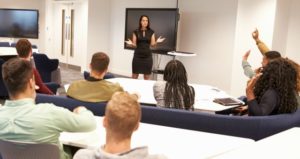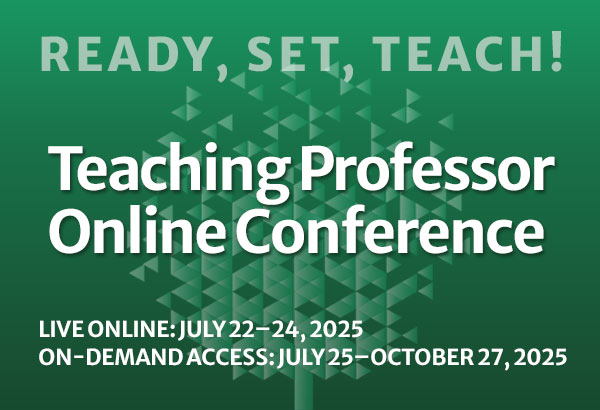
Principles for the Professional Growth of Teaching: A Collection of Resources
New Approaches, Instruments and Emphases
Eddy, S. L., Converse, M., and Wenderoth, M. P., (2015). PORTAAL: A classroom observation tool assessing evidence-base teaching practice for active learning in large science, technology, engineering and mathematics classes. Cell Biology Education, 14 (Summer), 1-16.
<span style="padding-left: 20px;







